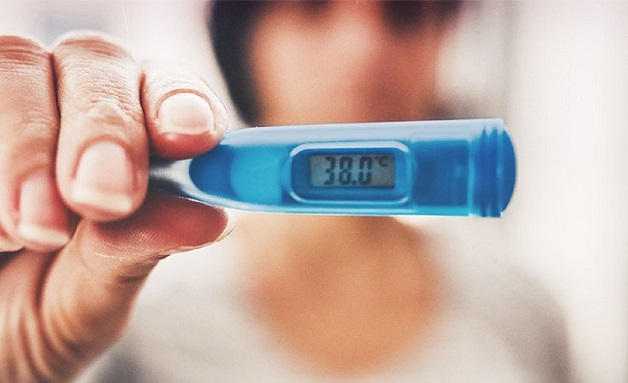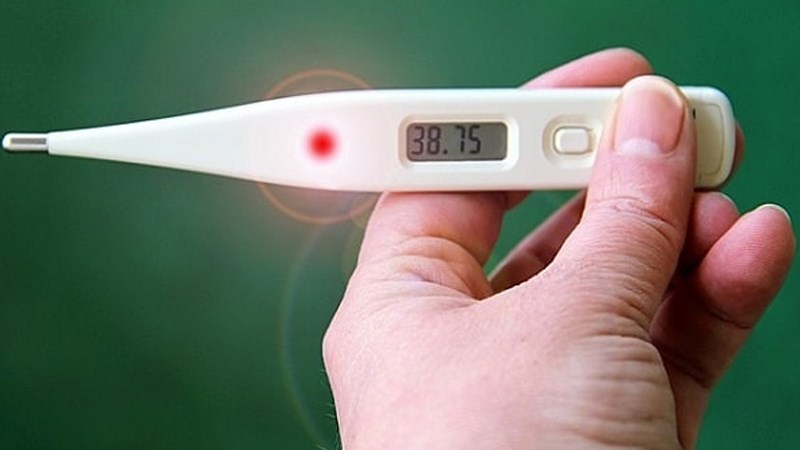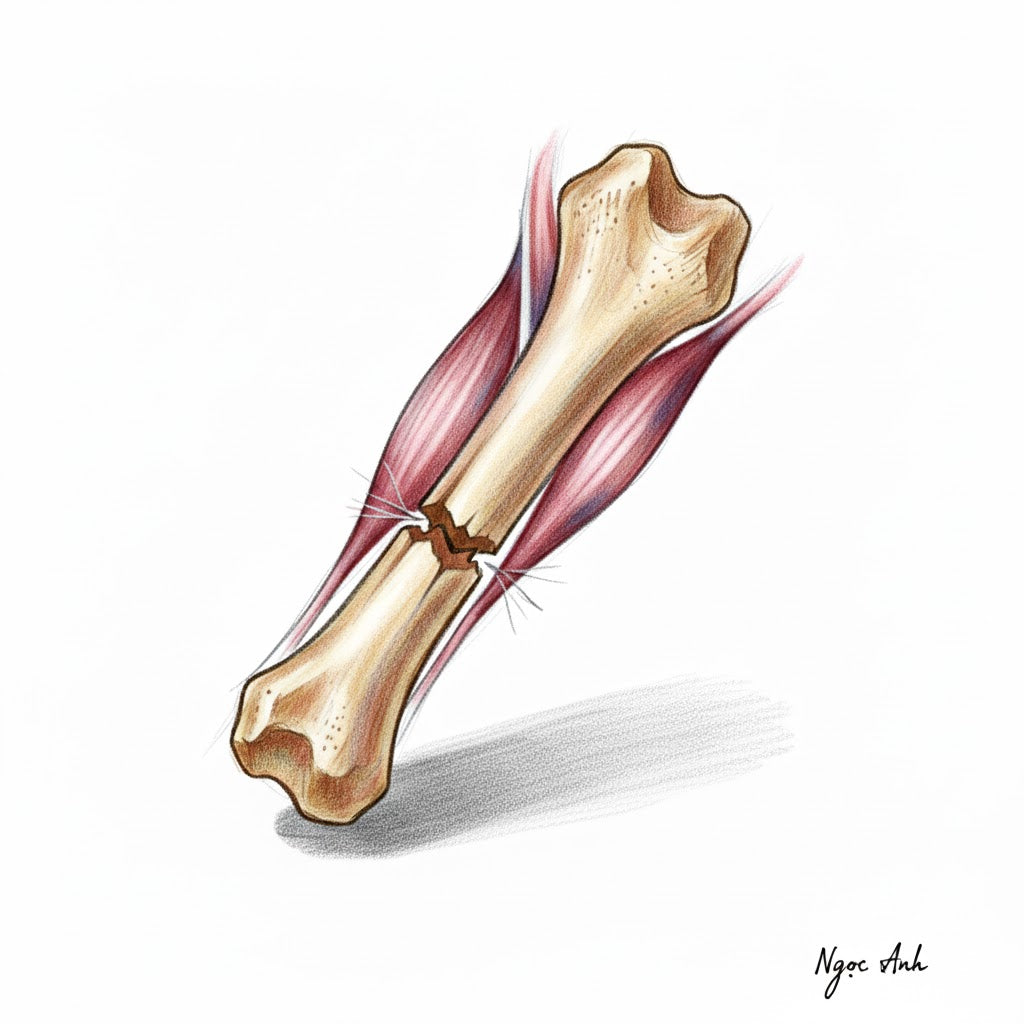Fever

What is fever?
Fever means a rise in body temperature to 37.4°C or higher . It is the body's natural response to fighting infection.
In children, it is common to have a temperature as high as 40°C . A higher temperature does not necessarily mean a more serious illness. However, in babies and toddlers , a fever can indicate a serious infection.
What are the symptoms of fever?

When you have a fever, your body temperature is higher than 37.4°C . Don't rely on feeling your skin to assess your temperature. Use a thermometer.
Children may also experience:
- Jittery
- Drowsy
- Longer sleep time
- Febrile seizures occur when the temperature rises suddenly or before fever is detected.
- Reduced appetite
- trembling
Adults can also get:
- Headache
- body aches
- Face flushed
- Anorexia
- Sweating or weakness
- trembling
When to see the Emergency Department?
Please visit our 24-Hour Emergency Department if you or your child has the following symptoms or medical history:
Children
Infants (under 3 months old) with a temperature of 38°C or higher, or children showing the following symptoms:
- Temperature exceeds 41°C
- Feeling lethargic or drowsy a lot
- Fever for several days without other symptoms
- Extremely irritable or inconsolable crying despite fever reduction efforts
- Repeated vomiting, accompanied by stiff neck or severe headache
- Refusing to drink water or urinating very little
- Severe pain in any part of the body
- Red lips, red eyes, or rash
- Difficulty breathing or shortness of breath
- Febrile seizures
- Urine smells bad
Adult
You have:
- Convulsions with fever
- Recent surgery or medical procedure
You are:
- Pregnant
- Coughing up blood
- Shortness of breath
- Undergoing chemotherapy with an oral temperature greater than 38ºC for more than 1 hour
- Use of steroids and drugs to prevent organ rejection after a transplant
You have:
- Rash
- Frequent infections
- Diabetes, heart disease, cancer, lupus, or sickle cell anemia
- New to Africa, Asia, Latin America or the Middle East
- Severe pain in the abdomen, back, or side
- Severe headache or neck pain
- Severe vomiting or diarrhea
- Seizures or confusion
- Severe chest pain
What causes fever?
In children, fever is often caused by the following reasons.
- Viral infections such as colds, flu, gastroenteritis or dengue fever.
- Bacterial infections such as ear infections, pneumonia, or urinary tract infections.
Fever can also be caused by:
- Heat release
- Some inflammatory conditions
- Some medications
- Malignant tumor
- Vaccination
How is fever diagnosed?
You can use the following thermometers to check for fever:
- Infrared forehead thermometer
- Electronic or mercury oral thermometer
- Electronic or mercury axillary thermometer. This type is recommended for infants under 6 months of age.
Each method may give slightly different results when measuring temperature.
How is fever treated?
Treatment recommendations for fever will depend on the symptoms . For mild fevers , your doctor may not recommend treatment. Once your immune system has fought off the infection, the fever will subside on its own.
Newborns
If your baby has a fever, your doctor may recommend that your baby be hospitalized for testing and treatment.
Children over 12 months old
If your child is over 12 months old, you can give them medicine such as paracetamol or ibuprofen. These can temporarily reduce fever symptoms and make them feel more comfortable.
Seek medical attention if your child's temperature remains high despite a dose of medication or if your child shows any severe symptoms.
Do not give your child any additional medicine until you see a doctor.
Adult
If you have a fever above 39.4°C, your doctor may:
- Perform a physical examination.
- Ask about symptoms, medical history, recent vaccinations, and recent travel.
- Prescribe medications and antibiotics.
They may also order blood tests or a chest x-ray if they want to determine the cause of the fever.
Tips on how to care for a child with a fever
To help your child recover at home, you should:
- Avoid cold baths, as shivering will increase body temperature.
- Dress your baby in loose, comfortable clothing. Avoid overdressing your baby or wrapping him or her in too many layers of clothing.
- Give your child plenty of water to drink .
- Cover the baby with a blanket while he is shivering.
- Cool your body with warm water. You can use a wet towel to wet your forehead, neck, armpits, and groin.
-------------------------------------------------------------------------------------------
👉 Contact SunCare for medical support and advice as well as professional private jet transportation services 🇸🇬 SUNCARE PTE. LTD SINGAPORE
🏠 Add: 10 Anson Road, #10-11 International Plaza, Singapore 079903
☎️ Hotline: +65 96727717 (Dr. Lien Minh - Director) Zalo, Viber
📨 Email: suncarehealth@gmail.com





